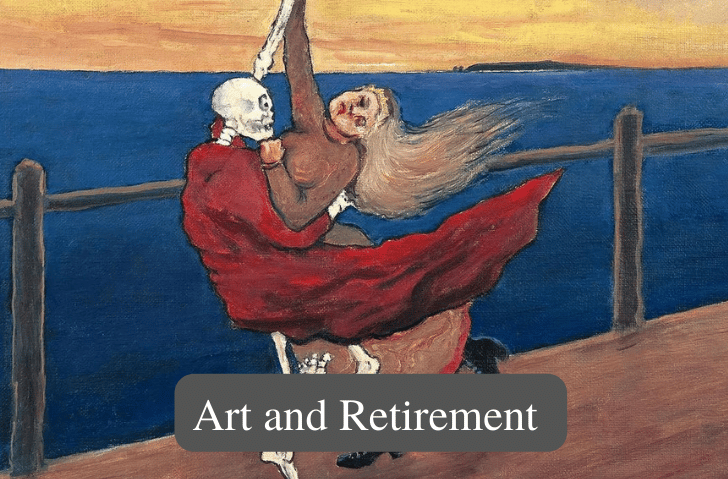Using art as a retirement plan might seem like a good idea, but there are some major drawbacks that you should be aware of before making this decision.
Firstly, art is not a guaranteed investment. Just because you buy a piece of art doesn’t mean it will automatically go up in value. In fact, the value of art can go down just as easily as it can go up. This means that if you’re relying on your art to fund your retirement, you could be in for a big disappointment.
Another problem with using art for retirement planning is that it can be difficult to sell. Unless you’re an expert in the art world, it can be tough to find a buyer for your piece, and even if you do, you might not get the price you’re hoping for. And if you need to sell your art in a hurry, you might not get the best deal.
Finally, art is not a liquid asset. This means that if you need to access your money quickly, you might not be able to. For example, if you need to pay for an unexpected medical expense, you might not be able to sell your art right away.
The biggest problem with art is that its subjective because it is an expression of personal perspective. It also is subjective because we are all people with different tastes and preferences.
In conclusion, while using art as a retirement plan might seem like a good idea, there are several drawbacks to consider. If you’re thinking about using art to fund your retirement, it’s important to think carefully about the risks and drawbacks before making a decision. Instead, consider other options like a retirement savings account or investing in stocks and bonds. These options may not be as exciting, but they’re much more reliable and secure when it comes to planning for your financial future.
If you have additional questions, especially on how to legally minimize your taxes, make sure to contact us for answers.

